The Philippines is a treasure trove of rich biodiversity, hosting a vast array of plant species with unrivaled medicinal properties. While some traditional medicinal plants like malunggay (Moringa) and lagundi (Vitex negundo) have gained popularity worldwide, many uncommon medicinal plants in the Philippines remain untapped. In this article, we will explore the diverse healing powers of some of these lesser-known but potent plants, and shed light on the immense untapped opportunities they offer to entrepreneurs in the healthcare and wellness sectors. 1. Yerba Buena (Clinopodium douglasii): Yerba Buena is a member of the mint family and is known for its exceptional ability to relieve headaches, muscle pain, and gastrointestinal disorders.

.
 It also possesses anti-inflammatory and diuretic properties. As the demand for natural pain relief and alternative therapies grows, Yerba Buena presents an excellent opportunity for entrepreneurs to enter the market with innovative products such as herbal teas, topical creams, and essential oils. 2. Sambong (Blumea balsamifera): Sambong has long been recognized in Filipino folklore for its diuretic and anti-urolithiasis properties, making it a popular remedy for kidney stones and urinary tract infections. It is also used to treat hypertension, rheumatism, and even as a herbal deodorant. With the increasing prevalence of kidney-related ailments and the global shift towards natural remedies, there is a vast potential for entrepreneurs to create unique herbal formulations, supplements, and teas based on Sambong.
It also possesses anti-inflammatory and diuretic properties. As the demand for natural pain relief and alternative therapies grows, Yerba Buena presents an excellent opportunity for entrepreneurs to enter the market with innovative products such as herbal teas, topical creams, and essential oils. 2. Sambong (Blumea balsamifera): Sambong has long been recognized in Filipino folklore for its diuretic and anti-urolithiasis properties, making it a popular remedy for kidney stones and urinary tract infections. It is also used to treat hypertension, rheumatism, and even as a herbal deodorant. With the increasing prevalence of kidney-related ailments and the global shift towards natural remedies, there is a vast potential for entrepreneurs to create unique herbal formulations, supplements, and teas based on Sambong.
..
 3. Lagundi (Vitex negundo): While lagundi is considered a well-known medicinal plant in the Philippines, its full potential has yet to be fully explored. Lagundi possesses powerful cough-suppressant, antihistamine, and anti-inflammatory properties, making it an effective treatment for respiratory conditions such as asthma, bronchitis, and allergies. Entrepreneurs can focus on developing novel formulations like syrups, capsules, and lozenges, leveraging lagundi’s healing properties to address respiratory ailments. 4. Tawa-Tawa (Euphorbia hirta): Tawa-Tawa is an excellent example of an uncommon medicinal plant with immense potential. It is widely used in the Philippines as a natural remedy for dengue fever due to its reputed ability to increase blood platelet count. Entrepreneurs can explore the development of Tawa-Tawa capsules, tonics, and teas to cater to the growing public interest in natural remedies for mosquito-borne diseases.
3. Lagundi (Vitex negundo): While lagundi is considered a well-known medicinal plant in the Philippines, its full potential has yet to be fully explored. Lagundi possesses powerful cough-suppressant, antihistamine, and anti-inflammatory properties, making it an effective treatment for respiratory conditions such as asthma, bronchitis, and allergies. Entrepreneurs can focus on developing novel formulations like syrups, capsules, and lozenges, leveraging lagundi’s healing properties to address respiratory ailments. 4. Tawa-Tawa (Euphorbia hirta): Tawa-Tawa is an excellent example of an uncommon medicinal plant with immense potential. It is widely used in the Philippines as a natural remedy for dengue fever due to its reputed ability to increase blood platelet count. Entrepreneurs can explore the development of Tawa-Tawa capsules, tonics, and teas to cater to the growing public interest in natural remedies for mosquito-borne diseases.
…
 5. Gotu Kola (Centella asiatica): Although not native to the Philippines, Gotu Kola is an adaptable plant that thrives in the country’s climate. Known as the “fountain of life” plant, Gotu Kola has been traditionally used for its wound-healing, anti-inflammatory, and memory-enhancing properties. With the rising demand for natural skincare products and brain health supplements, entrepreneurs can explore creating facial creams, supplements, and brain-boosting beverages infused with Gotu Kola extract. Conclusion: The untapped potential of uncommon medicinal plants in the Philippines presents both a valuable opportunity and responsibility for entrepreneurs in the healthcare and wellness sectors. By harnessing the natural healing powers of these plants through innovative product development and research, entrepreneurs can not only create successful businesses but also contribute to the preservation and promotion of our country’s rich botanical heritage. As consumers become more conscious of the benefits of natural remedies, investing in these uncommon medicinal plants may lead to a profitable and sustainable enterprise that can revolutionize the healthcare industry.
5. Gotu Kola (Centella asiatica): Although not native to the Philippines, Gotu Kola is an adaptable plant that thrives in the country’s climate. Known as the “fountain of life” plant, Gotu Kola has been traditionally used for its wound-healing, anti-inflammatory, and memory-enhancing properties. With the rising demand for natural skincare products and brain health supplements, entrepreneurs can explore creating facial creams, supplements, and brain-boosting beverages infused with Gotu Kola extract. Conclusion: The untapped potential of uncommon medicinal plants in the Philippines presents both a valuable opportunity and responsibility for entrepreneurs in the healthcare and wellness sectors. By harnessing the natural healing powers of these plants through innovative product development and research, entrepreneurs can not only create successful businesses but also contribute to the preservation and promotion of our country’s rich botanical heritage. As consumers become more conscious of the benefits of natural remedies, investing in these uncommon medicinal plants may lead to a profitable and sustainable enterprise that can revolutionize the healthcare industry.


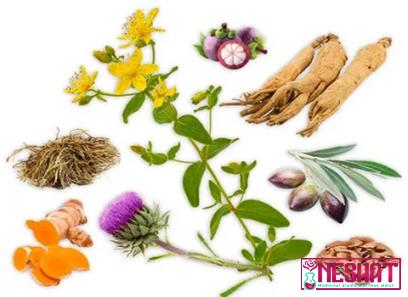
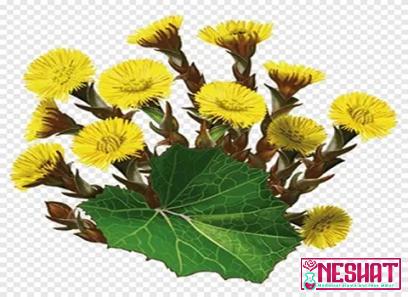
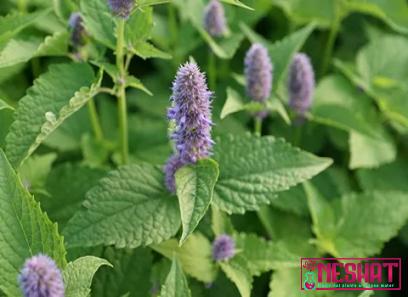
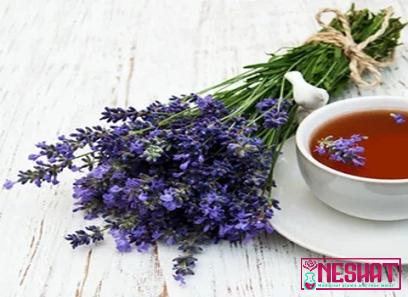
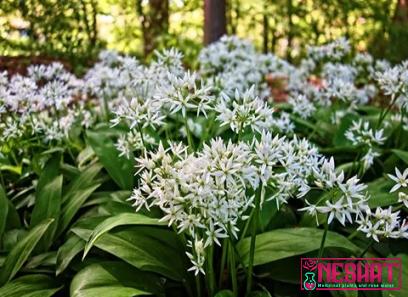


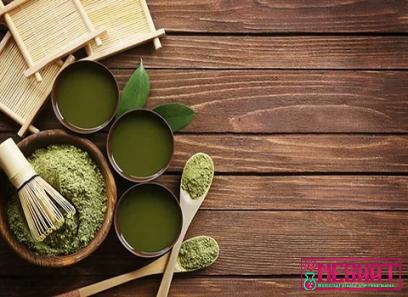
Your comment submitted.